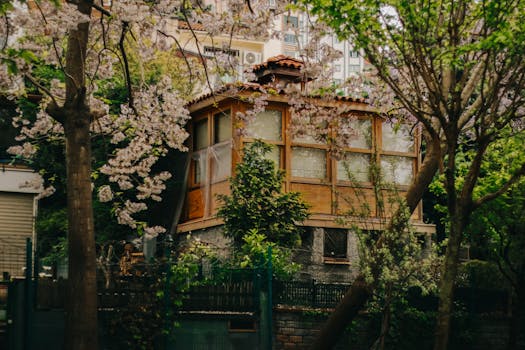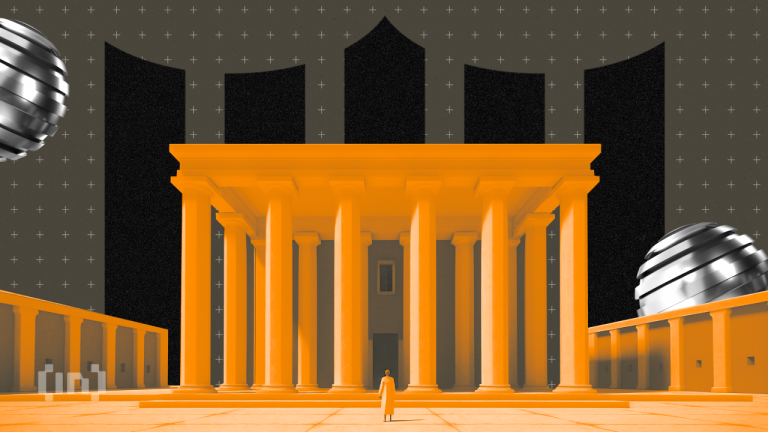
Urban Green Spaces: The Future of Outdoor Living in European Cities by 2025
Urban Green Spaces are becoming increasingly important in European cities, and for good reason. As the world becomes more urbanized, the need for green spaces in cities is becoming more pressing. In this article, we will explore the importance of urban green spaces and how they are shaping the future of outdoor living in European cities by 2025.
What are Urban Green Spaces?
Urban Green Spaces refer to areas in cities that are dedicated to green infrastructure, such as parks, gardens, and green roofs. These spaces provide a range of benefits, including improved air quality, reduced noise pollution, and increased biodiversity. They also offer a space for recreation, relaxation, and socialization, making them an essential component of urban planning.
The Benefits of Urban Green Spaces
The benefits of urban green spaces are numerous. Some of the most significant advantages include:
- Improved air quality: Green spaces in cities can help to reduce air pollution by absorbing pollutants and producing oxygen.
- Reduced noise pollution: Green spaces can act as a buffer against noise pollution, making cities more livable.
- Increased biodiversity: Urban green spaces can provide a habitat for a range of plant and animal species, increasing biodiversity in cities.
- Recreation and relaxation: Green spaces offer a space for recreation, relaxation, and socialization, improving mental and physical health.
The Future of Outdoor Living in European Cities
By 2025, European cities are expected to have made significant investments in urban green spaces. This will not only improve the quality of life for citizens but also make cities more sustainable and resilient. Some of the ways that urban green spaces will shape the future of outdoor living in European cities include:
- Increased use of green roofs and walls: Green roofs and walls will become more common in cities, providing additional green space and improving air quality.
- More parks and gardens: Cities will invest in more parks and gardens, providing spaces for recreation and relaxation.
- Green infrastructure: Cities will incorporate more green infrastructure, such as green bridges and green corridors, to connect green spaces and improve biodiversity.
Conclusion
In conclusion, urban green spaces are essential for the future of outdoor living in European cities. By 2025, cities will have made significant investments in green infrastructure, improving the quality of life for citizens and making cities more sustainable and resilient. As we move forward, it is essential that we prioritize the development of urban green spaces and recognize their importance in creating livable and sustainable cities.






